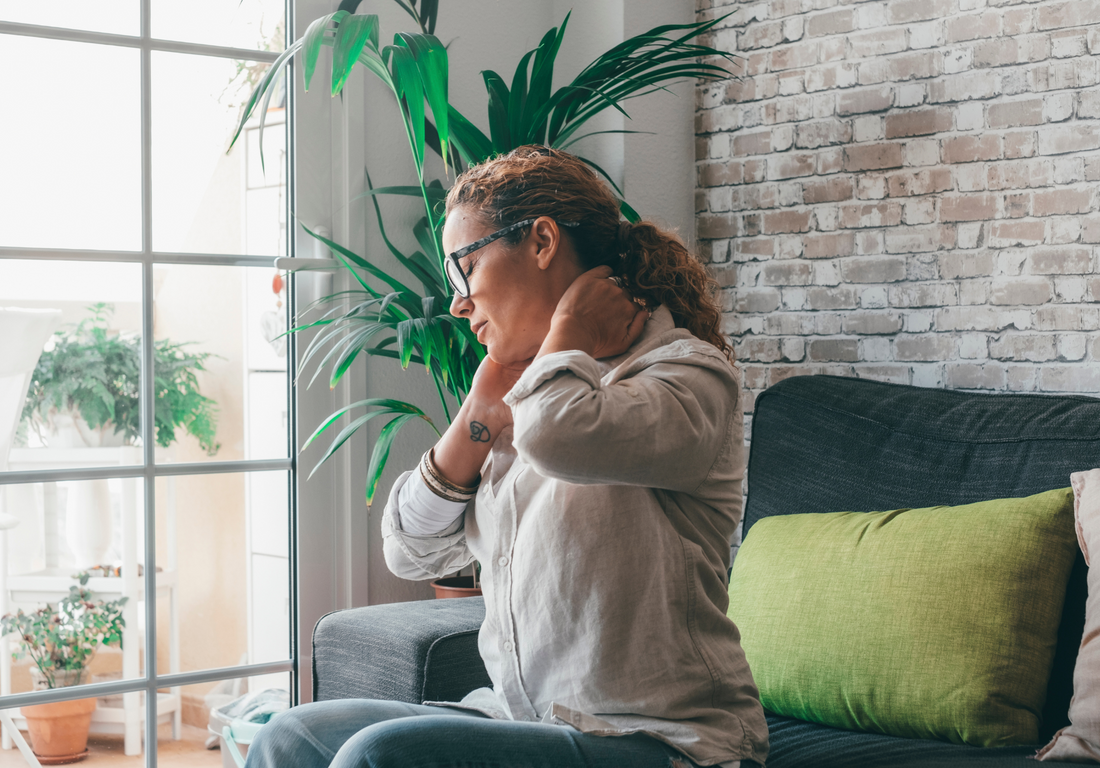Postural control refers to the body’s ability to maintain its position and orientation in space, especially in relation to gravity and movement. It involves a complex interaction of muscular and neural systems, enabling a person to stabilize their body during both static positions and dynamic movements. Strong and functional postural control is crucial for all motor activities, including standing, walking, and performing tasks that require balance and coordination. Most anthropologists agree that humans primarily evolved to stand, walk, run and throw. At FP, we take a first principles approach to training, so when working with clients we ensure that all posture exercises directly relate to those four primary movements.
How are FP Posture Exercises Different from Traditional Posture Exercises?

Most posture exercises target dysfunctions in an isolated fashion without considering broader implications across the body. For example, traditional physical therapists might address forward head posture by prescribing exercises such as chin tucks or forward neck stretches (see images below). These exercises aim to strengthen and lengthen different parts of the neck, often without considering how the exercises influence different parts of the body. In contrast, the FP approach recognizes that forward head posture is likely influenced by factors like spinal alignment, shoulder positioning, and core strength/stability. Moreover, we focus on how various parts of the body interact with one another while performing the FP First Four (standing, walking, running and throwing). Employing exercises that not only address the neck muscles but also involve coordinated movements that attack postural asymmetries, ensures a holistic long term solution for postural imbalances such as forward head posture. Unless the root cause of something like forward head posture is only an isolated weak neck (unlikely), then the exercises below will not solve the problem. In fact, without considering how the neck interacts with the shoulders, back, core, glutes, and legs (aka. the whole body), these exercises may even worsen pain or cause new pains.


(source, northern myotherapy)
Posture and Anxiety
Posture and anxiety are closely interconnected, new research indicates that poor posture can lead to increased feelings of stress and anxiety. Slumped or hunched posture often correlates with a more negative mood and lower self-esteem, potentially exacerbating anxiety symptoms. Conversely, low feelings of self esteem, stress, anxiety, and depression, can lead to slouched and low status posture.

Understanding the subtle interplay between posture and mood can be a powerful tool for improving your state. FP takes this understanding one step further by considering how different types of movement and gait cycles affect neurotransmitters, hormonal production, and ultimately mood. While it’s clear that more muscular development and upright posture is correlated with improved health and happiness, the literature rarely considers how the type of muscle formulation and the style/efficiency of movement can affect people.
New research shows a strong link between sprinting and testosterone + HGH levels. While intense exercise can certainly improve hormone balance, FP contends that better, more functional, and more dominant mechanics will translate to even better hormone levels. Likewise, if somebody has worse mechanics, we believe they’re less likely to experience as much of an increase in testosterone and reduction in cortisol. Consider this study from the journal of physiology and behavior which found that, “Males with the highest testosterone levels were significantly faster in the 20 m (p = 0.033) and 30 m (p = 0.014) sprint trials compared to males with lower testosterone levels.” While the study suggests that the higher testosterone levels are what caused the faster sprint times, at FP we doubt the relationship is so linear. Instead, we argue that the faster sprinters likely had better, more efficient mechanics, which both improved their sprint times and hormonal levels. Put another way, the first cause is not the high testosterone, but efficient mechanics.

Like most biochemical phenomena, the relationship between body language, mechanics, and hormones, is certainly bidirectional. This does not mean you need to become Usain Bolt to be healthy. Simply improving your walking mechanics and basic body language can have profound effects. For a more in depth article about the relationship between joint pain, posture, and anxiety check out this article.
Roger Sperry, the famous neuropsychologist and Nobel Laureate once said: "Better than 90 percent of the energy output of the brain is used in relating the physical body in its gravitational field. The more mechanically distorted a person is, the less energy available for thinking, metabolism, and healing.” This quote represents some of our most fundamental principles at FP. We study biomechanics and posture on a fundamental level so that our clients’ can enjoy their bodies and spend less time in pain. Our take on postural control is a multi-faceted approach that goes beyond mere physical alignment. It’s an integrated method that considers evolutionary biology, environmental factors, the power of language in shaping our understanding, biochemical processes, and a systems-level approach. This understanding harmonizes our posture not just as a physical stance but as a reflection of our overall health and interaction with the world.







